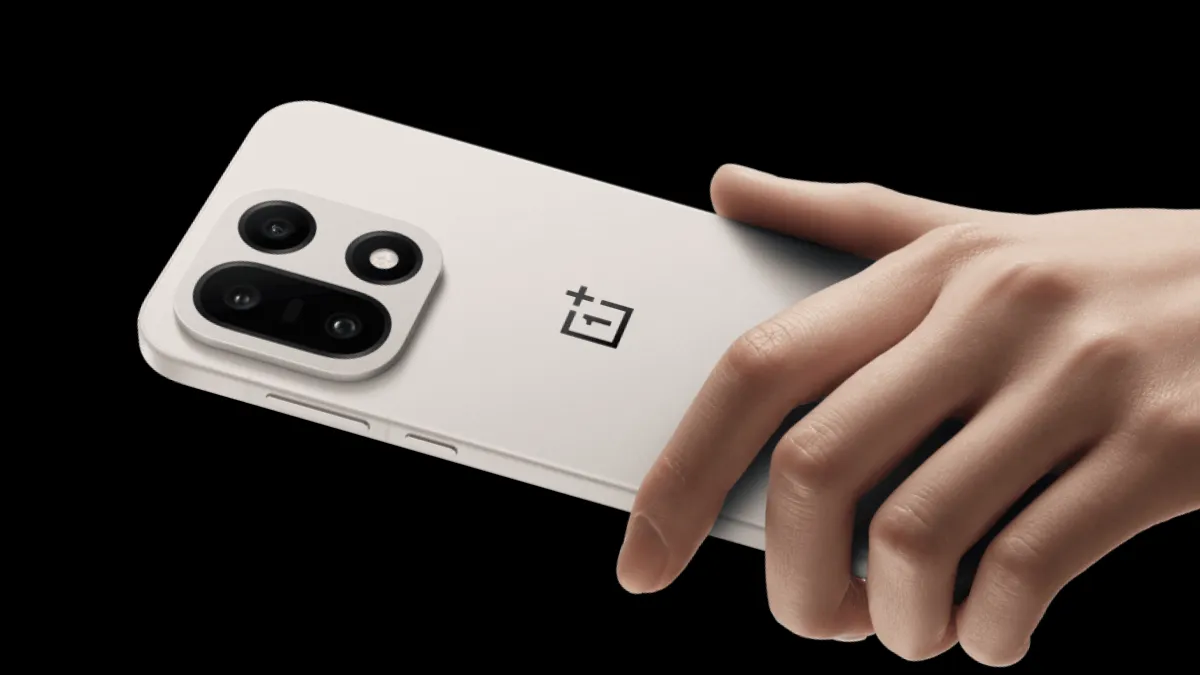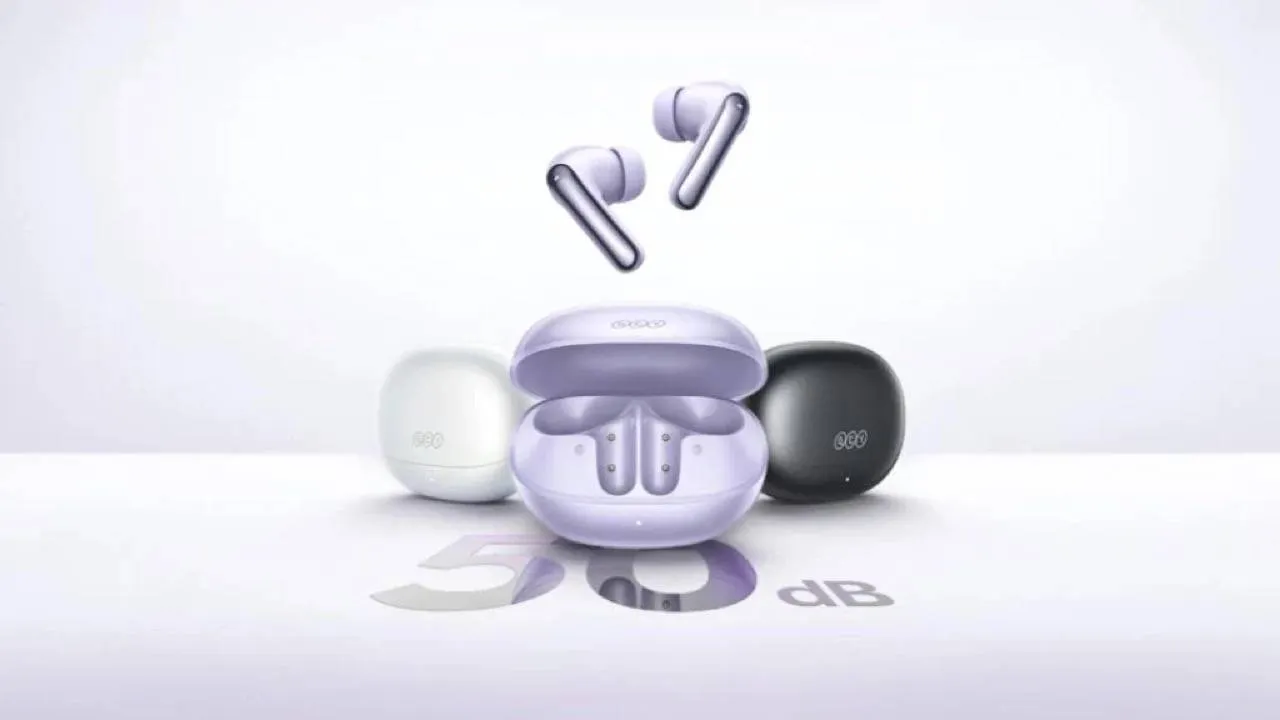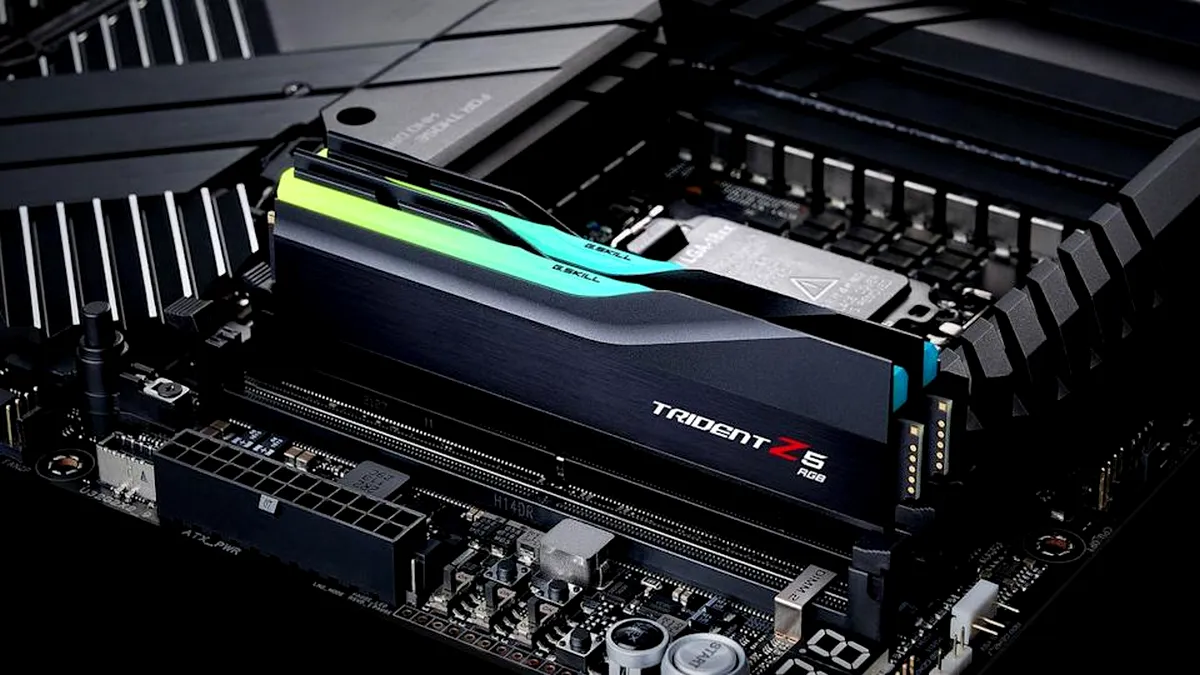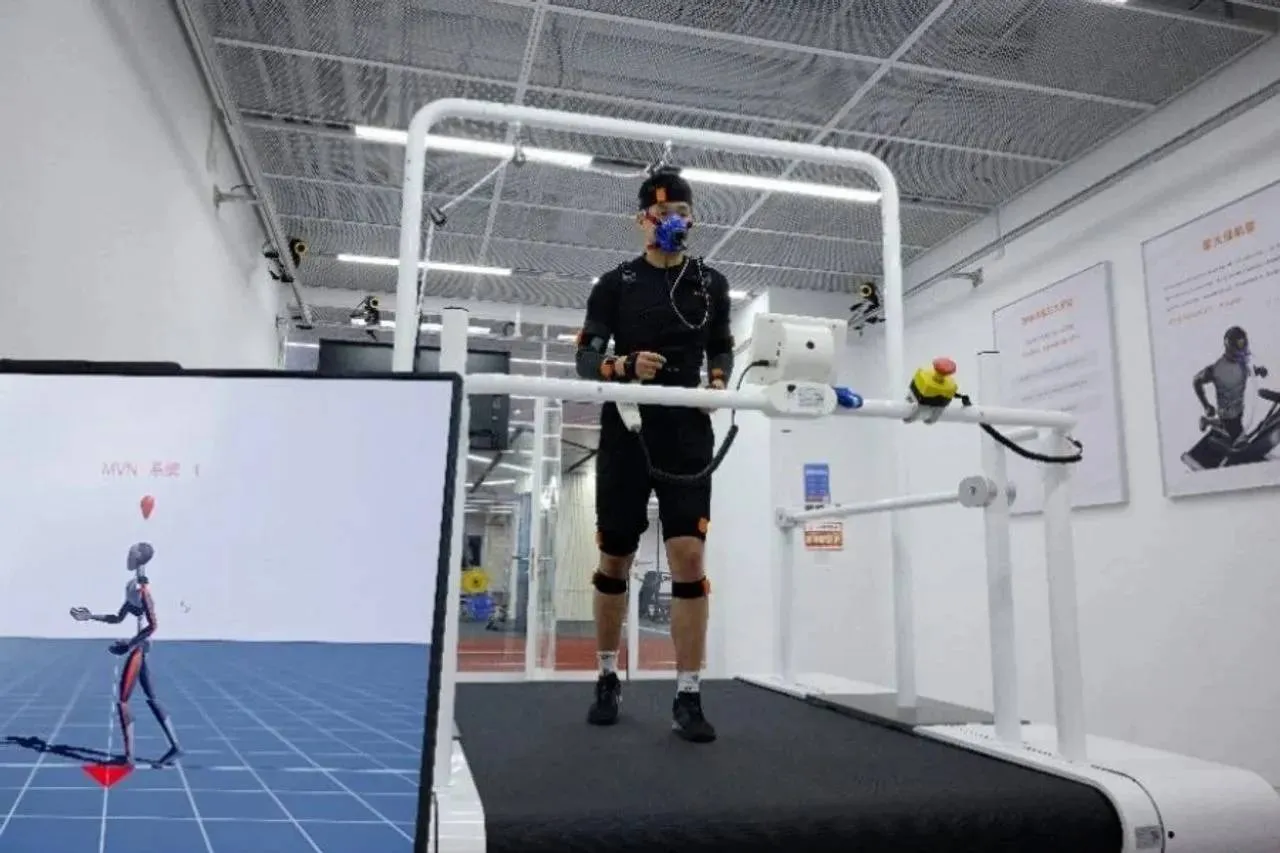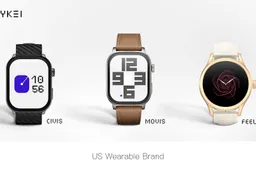Tecno New Universal Tone Tech - An Interview With Fanyi Zhou, Image Quality Director
TecnoTuesday, 12 November 2024 at 12:33
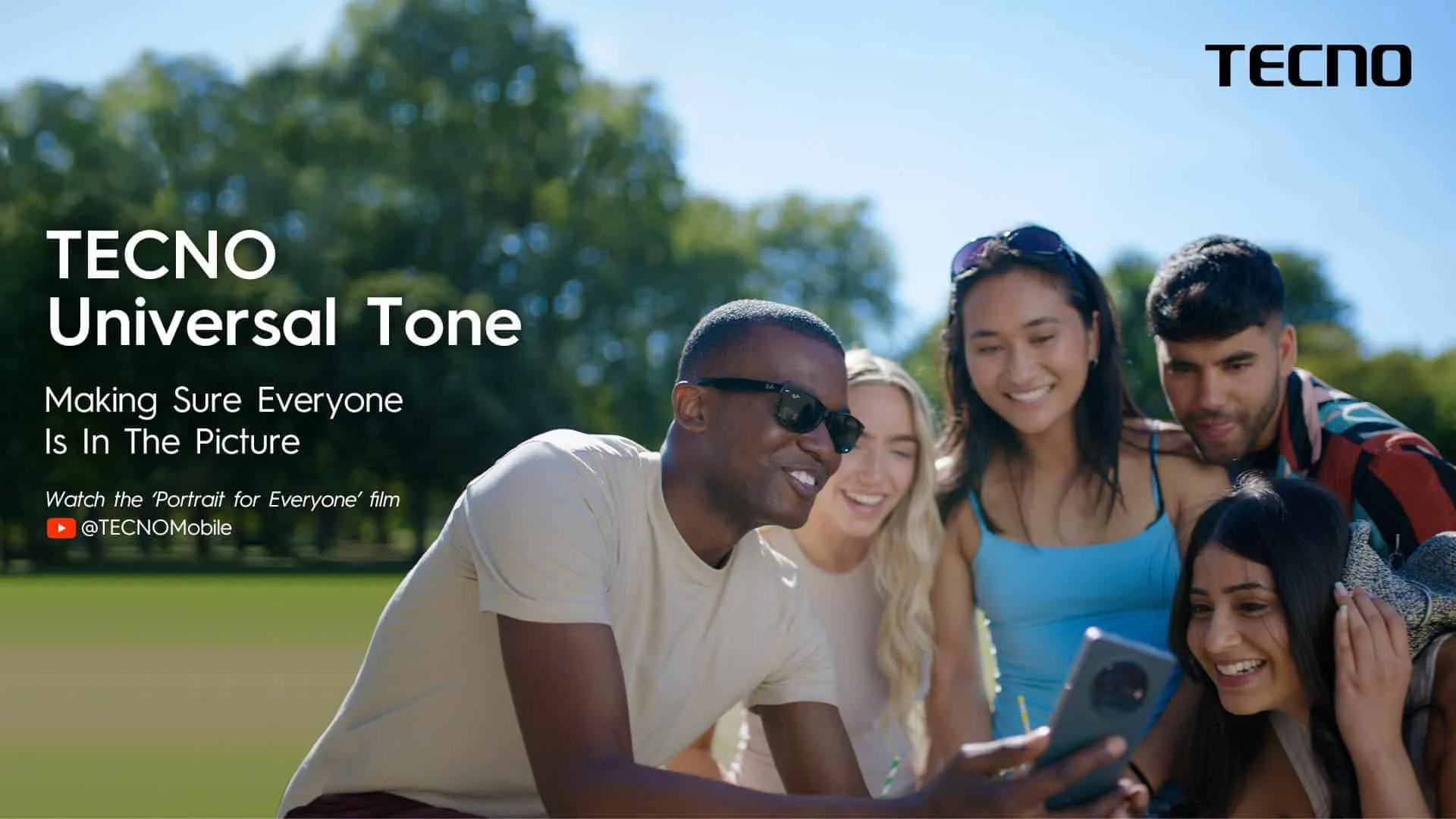
Tecno has been making a name for itself in the smartphone world, especially in markets across Africa, Southeast Asia, and Latin America. Starting in 2006 as part of China's Transsion Holdings, it focused early on in Africa, where it found great success. Today, Tecno’s global presence is stronger than ever, with the company holding around 4% of the global smartphone market, placing it among the top 10 smartphone brands worldwide. The company brought innovative technologies to the smartphone market without sacrificing the pricing point.
Introducing Tecno
One of Tecno’s key strategies has been “glocalization,” which means they adjust their products to match local needs. For example, in some South Asian markets, Tecno tuned its camera features to enhance specific beauty traits, which resonated well with local preferences. This kind of tailoring has helped Tecno stand out in competitive regions.
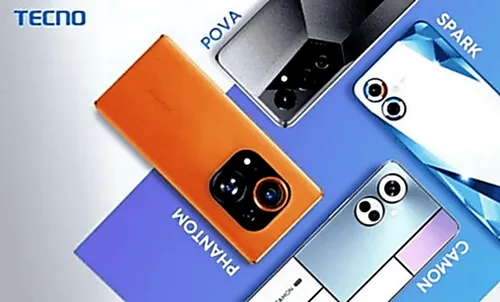
Tecno offers a wide range of products, from budget-friendly phones to premium models like the PHANTOM series. They recently launched a foldable phone, the PHANTOM V Fold, showcasing their ambition to be seen as a high-end brand globally. They’re also pushing hard in India. The company has been running to increase its portfolio in this market with competitive 5G smartphones.
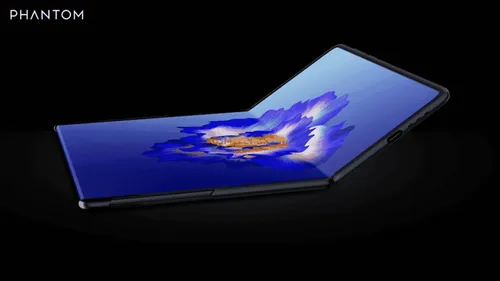
An Interview With Tecno’s Director of Image Quality Testing
As we've mentioned above, Tecno has been establishing itself in the market of innovations. Besides launching a foldable smartphone, the brand also made some neat advancements in the camera segment. Today, we will talk about this and other innovations brought by the brand in an interview with Fanyi Zhou, Tecno’s Director of the Image Quality Testing and Assessment Department.

TECNO recently unveiled its Universal Tone technology, which integrates advanced multi-skin tone imaging. Could you share what motivated TECNO to focus on inclusivity in smartphone photography, and how this technology addresses that vision?
A: We first launched Universal Tone in 2023 with the goal of capturing accurate and proper representations of the color and texture of every skin tone in smartphone photography, especially the underrepresented. It stems from TECNO’s glocal and consumer-oriented strategy, which makes TECNO to follow its profound understanding of emerging market consumers, rather than merely following industry trends. The technology fundamentally solves the neglected common complaint among users: the inability of existing technologies to accurately capture and represent their diverse skin tones. This gap highlighted the need for a more inclusive approach that would cater to the wide spectrum of human skin tones, especially those often overlooked and underrepresented by the industry. Since 2023 we’ve continued to optimize the technology, refining the AI algorithms and this year we developed the industry-benchmark 268 color card and will keep enriching and expanding it.
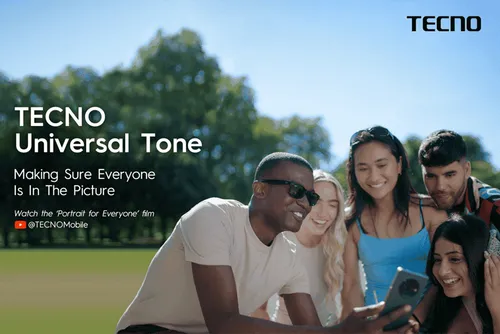
Q: Given the industry's historical biases in imaging technology, what do you believe are the greatest challenges in changing consumer perceptions of beauty, and how does Tecno’s Universal Tone technology confront these challenges?
A: People will only know how diverse the beauty of the entire humanity is until they see it, but either historical dates around the diversity of skin tone or the traditional imaging technology have been biased and often favored specific types of skin tones, perpetuating narrow beauty standards and excluding diverse representations. To change it, we should prioritize inclusivity by accurately representing diverse skin tones, especially the neglected and underrepresented, to help challenge entrenched perceptions of beauty while fostering a more equitable visual culture.
To achieve this, we launched Universal Tone technology by developing scientific and systematic skin color measurement, collection, and formation of a diverse skin tone database that ensures both scientific rigor and sensitivity to cultural and local scenarios. We started by building a comprehensive skin tone database, which forms the basis of our multi-skin tone color card featuring 268 skin tone patches. This tool ensures we cover the diverse tones characteristic of emerging markets. We’ve also established a dual-layered evaluation system in Universal Tone technology around the subjective components of the diversity of human beauty.
Building on the foundations of Universal Tone, we’ve refined our restoration and calibration algorithms to deliver unparalleled color fidelity. Our advanced color restoration capabilities allow us to reproduce skin tones authentically, setting a new benchmark for inclusive imaging technology.
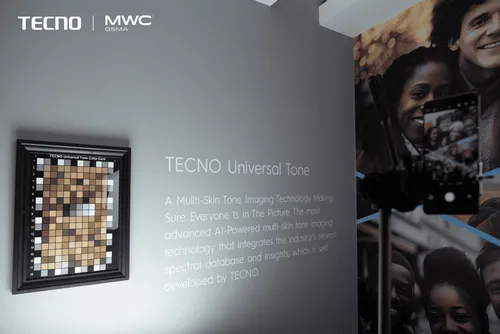
Q: The new multi-skin tone color card developed for Universal Tone was highlighted at MWC Barcelona 2024. What makes this color card unique in the industry, and how does it impact the accuracy and inclusivity of the skin tone representation in mobile photography?
A: The multi-skin tone color card developed for Universal Tone sets a new industry benchmark with its advanced data collection methods and comprehensive representation of skin tones. It’s also the industry’s first of its kind in the mobile imaging technology field.
We believe that skin tone representation should be more diverse and closer to the billion color perceptions of the human eye. So we utilized an extensive quantity of skin tone collections to encompass a broader spectrum of skin tone varieties, leveraging TECNO’s unique skin tone category method.
Now we have created a multi-skin tone color card featuring 268 skin tone patches that covering most skin tones in emerging markets including Africa, South Asia, Southeast Asia, the Middle East and Latin America. Looking ahead, we are committed to expanding this database further to refine our algorithms, enhance accuracy, and celebrate the full spectrum of human diversity.
Q: Tecno has partnered with academic institutions like the University of Leeds and NTU Singapore for the development and refinement of Universal Tone. How has collaborating with these experts influenced the evolution of Tecno’s portrait imaging technology?
A: TECNO thinks that the presentation of skin tone should value both the objective accuracy and diversity of skin tone colors and the subjective aesthetic preference of individual humans. Therefore, we worked with a team of specialised academy to ensure a professional and scientific approach to collect and analyze real skin color spectral data for accurate representation and, study of consumer preference to aesthetic styles for subjective skin tone evaluation. Together with TECNO’s AI computing algorithms, this empowers TECNO’s Universal Tone’s accurate and appropriate representation of humanity’s beauty in its best way.
Q: One key component of Universal Tone is the Multi-Skin Tone Restoration Engine. Could you explain how this engine utilizes Tecno’s spectral database to overcome biases in traditional imaging technology?
A: One the biggest challenge is that the skin tone assessment phase relies on AI, which itself depends on ample data to facilitate training and support. The AI, in itself, lacks awareness of what constitutes authentic skin colors.
However, TECNO’s inclusive skin tone database solves it – our database can assist and guide the calibration of Universal Tone’s algorithms, enabling them to evaluate and judge more effectively. Based on this, our extensive spectral database enables us to fine-tune Universal Tone’s algorithms to eliminate bias, delivering precise and inclusive skin tone representation, and ensuring every unique shade is beautifully and accurately depicted.
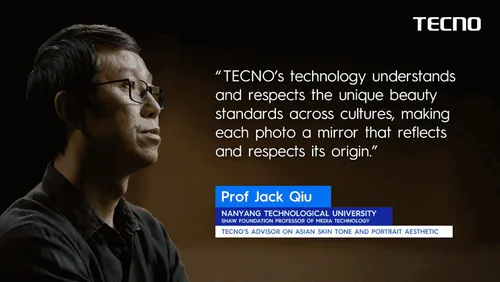
Q: Tecno's Local-Tuning Engine within Universal Tone customizes portrait enhancement according to regional lighting, cultural preferences, and geomorphology. How does this localization work in practice, and can you share any regional insights gained during development?
A: We place great importance on local tuning so that we can meet the needs of users in emerging markets in the scenarios they experience in their lives.
We have fine-tuned Universal Tone technology to meet local consumer needs through region-specific testing across wide-ranging scenarios. This localization is crucial because environmental factors significantly impact skin tone representation. For instance, In Eastern Europe, people with lighter skin tones often find images of themselves overexposed in bright light. Likewise, in South and Southeast Asia, rich and varied lighting environments can also lead to skin colour misrepresentation on smartphone cameras. Complex lighting conditions, mixed light sources, and extreme high-saturation light sources can all affect the accuracy of skin tone representation.
To address this, TECNO has dedicated overseas teams to conduct local scenario testing. These teams conduct extensive local calibrations and scenario coverage, including tests for skin tone representation under various color temperatures, lighting conditions, spectral environments, etc. We typically cover over 200 different scenario groups for each country, fine-tuning our technology based on these regional tests.
Q: In what ways has the research collaboration with NTU Singapore, specifically focused on Southeast Asian aesthetics, helped shape Tecno’s approach to mobile imaging in this region?
A: As for our partnership with Nanyang Technological University, we are aiming to enhance TECNO Universal Tone technology by incorporating authoritative studies. We are conducting targeted surveys in Indonesia and the Philippines to establish benchmarks for cultural preferences and to develop precise definitions for the representation of skin tones in Southeast Asian imagery.
Q: Tecno’s approach seems to combine technological advancement with psychological insights into beauty and representation. Could you elaborate on how Tecno’s Universal Tone aims to provide a more personally resonant and culturally sensitive portrait experience for users?
A: We need to consider how perceptions of skin color are influenced by regional differences as well as cultural preferences and aesthetics, which complicate the determination of whether a user's skin color has been faithfully reproduced. Hence, it is vital that we include both subjective and objective criteria in our local market research and incorporate the learnings in the development of our skin tone imaging technology.
As mentioned earlier, we have stablished a comprehensive skin tone evaluation system, incorporating both subjective and objective criteria. The subjective system refers to research on consumer perceptions, including the color preferences, memorable colors, and the design boundaries of color perception among users from different regions. By understanding subjective perception of skin color and cultural preferences, Universal Tone delivers a portrait imaging experience that not only represents true skin tones, but also that resonates with users’ individual identities and cultural backgrounds.
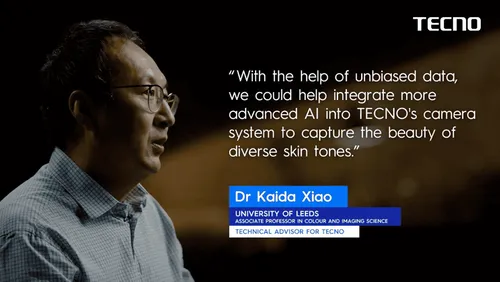
Q: Looking ahead, how do you envision Universal Tone influencing the broader smartphone industry, especially as brands strive to create more inclusive and representative imaging technologies?
A: We believe Universal Tone can significantly influence the broader smartphone industry in several ways.
Firstly, by setting a new standard for inclusivity. The success of Universal Tone demonstrates the strong demand for inclusive imaging technologies, encouraging other brands to prioritize diversity and accuracy in their products.
Next, by driving innovation. The technology showcases the potential of AI and advanced algorithms in delivering superior imaging experiences, inspiring further innovation in the industry.
And finally, by promoting positive social change. By challenging traditional beauty standards, solve the data bias and inadequacy in human diversity representation, and promoting the beauty of diverse skin tones, TECNO Universal Tone technology contributes to a more inclusive and equitable digital world and society where every beauty of skin tone, especially the underrepresented, is included in the picture of whole humanity.
Conclusion
In conclusion, Tecno has proven itself as a key player in the smartphone market, combining innovation with affordability. The company’s “glocalization” approach has allowed it to cater to the diverse needs of emerging markets. It makes their products resonate with local consumers. Its commitment to technological advancements is evident in features like the PHANTOM series. Also, the newly launched foldable phone, the PHANTOM V Fold. Furthermore, Tecno's dedication to inclusivity is highlighted by the Universal Tone technology. It sets a new benchmark for skin tone representation in mobile photography. This move challenges traditional imaging biases and offers a more accurate, culturally sensitive portrayal of skin tones. It makes Tecno a brand that understands and addresses the unique needs of global consumers.
Popular News
Latest News
Loading
